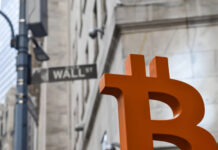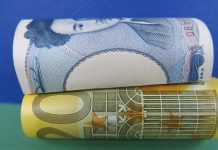The euro continues to have an uneventful week. EUR/USD has inched lower in the Wednesday session, as the pair is currently trading at 1.1270. On the release front, German Factory Orders dropped 2.1%, much weaker than the estimate of a 0.2% decline. It’s a quiet day in the US, highlighted by Crude Oil Inventories. The markets are expecting a decline of 3.1 million barrels, which would mark a ninth consecutive decline. On Thursday, the ECB releases its benchmark rate, which is expected to remain at a flat 0.00%. The US will release unemployment claims, with an estimate of 241 thousand.
If lackluster movement from the euro is a reliable indication, the markets are not expecting any dramatic moves from Mario Draghi & Co. at Thursday’s policy meeting. The central bank has held the benchmark rate at a flat 0.0% since March 2016, and no change is expected on Thursday. Still, with the euro-area economy showing improved growth in 2017, the markets would like to see the ECB at least acknowledge that the economic picture has brightened, and will be looking for a more hawkish tone from the rate statement or the follow-up comments from ECB head Mario Draghi. The ECB has been reluctant to taper its asset-purchase program or raise interest rates, despite grumbling from economic powerhouse Germany, which wants a tighter monetary policy out of Brussels. The markets will be poring over the rate statements and Draghi’s follow-up comments, looking for any nuances which are hawkish in tone. If this occurs, the euro could gain ground.
The Federal Reserve holds its policy meeting next week, and the markets are widely expecting the Fed to raise rates for the second time in 2017. The odds of a rate increase stood at 96%, but the odds have dipped to 91%, in response to the dismal Nonfarm Payrolls report on Friday. An increase in interest rates represents a vote of confidence in the US economy, but the Fed continues to have some concerns. Inflation remains stubbornly low, despite a labor market that remains close to capacity. Fed policy makers are also scratching their heads over soft consumer spending, which has not kept pace with high levels of consumer confidence. As for additional rate hikes in the second half of 2017, the markets remain skeptical, with the odds of a September rate hike at just 22%. However, stronger data in the third quarter will likely raise the likelihood a September hike.













